Wandering Clouds
A Water-Based Solution for Clean Air A project by Anika Mahesh, Husain Dargharwala and Latifa Alsuwaidi

With harmful pollutants affecting the health and wellbeing of millions of people worldwide,
air pollution is a growing problem in our cities. In order to address this problem, we intend
to develop a novel, long-lasting air-purification system using the power of water.
We have created a fountain-like system that incorporates cutting-edge air-purification
technologies like Acoustic agglomeration and ESP. Inspired by the cooling and cleansing
properties of water, this system uses mist and cloud-like effects to create a spectacle
while also purifying the air and encouraging community engagement.
'Wandering Clouds' illustrates how interdisciplinary research and design can be used to
showcase how sustainable technologies have the potential to enhance our environment
and build a more livable future. Join us as we investigate the role that water could play in the
fight against air pollution.
Purifying through mist

01 atomization
Water is transformed into tiny droplets or mists through
a process called atomization, which can assist in air purification. When the air is
contaminated with hazardous substances like dust, smoke, and allergens, air purification
systems frequently employ this process. These pollutants are captured and pulled down to
the ground when water is atomized and released into the air. Additionally absorbing other
dangerous gases and bacteria in the air, the atomized water droplets effectively purify
it. The act of atomization also contributes to the air's humidification, which is helpful
in dry environments. A common option in air purification systems, atomization is a
highly effective and efficient way to use water to clean the air.
Due to the ability to produce a fine mist that can efficiently capture
and remove airborne pollutants, atomization can be particularly helpful
in the process of cleaning the air with water. This is so that the tiny water
droplets created by atomization can easily interact with and absorb airborne toxins
due to their large surface area. Larger water droplets or simply spraying water into the
air might not be as effective, however, as they might not be able to catch the
smaller air pollution-causing particles.
Additionally, atomization uses less water than other methods because it
can effectively cover a large area with a small amount of water. This can make it an affordable
and environmentally responsible air purification solution. Overall, water atomization is a helpful
method for purifying the air, offering a highly effective method for removing airborne pollutants
and enhancing air quality.
02 acoustic aglomeration
By gathering and removing minute airborne particles, the process of acoustic agglomeration can
assist in the water-based air purification process. In order to make smaller particles easier to catch
and remove from the air, this process involves clustering them together using sound waves to combine them
into larger particles. These larger particles can then be captured and removed from the air more effectively by
adding water to the process. This is especially helpful in settings where manufacturing processes
produce small particles that could be harmful to human health.
Using acoustic agglomeration to remove these particles from the air can be economical
and effective, enhancing air quality and ensuring worker safety. Overall, industries can
lessen the amount of harmful pollutants and enhance air quality by using acoustic agglomeration
to clean the air with water.
03 electrostatic precipitation
By capturing and removing particulate matter, the process of electrostatic
precipitation can be used to help purify the air. Polluted air is subjected to an
ionizer during the process, which charges the airborne particles electrically. The
charged particles are then drawn to metal plates or collector plates with opposing
charges, where they are deposited and drawn out of the atmosphere. Water can be added
to the process to increase particle removal effectiveness. This is so that the charged
particles can be effectively removed from the air by the water droplets, which can pick
them up and carry them away from the collector plates.
Dust, smoke, and pollen can all be removed from the air using
electrostatic precipitation, which is a highly efficient technique.
Additionally, the method can be applied in a variety of contexts, including
home air purification systems and industrial applications. Overall, electrostatic
precipitation is a useful method for cleaning the air with water because it offers
a highly effective way to remove airborne particles and enhance overall air quality.
Nomadic mist vessels
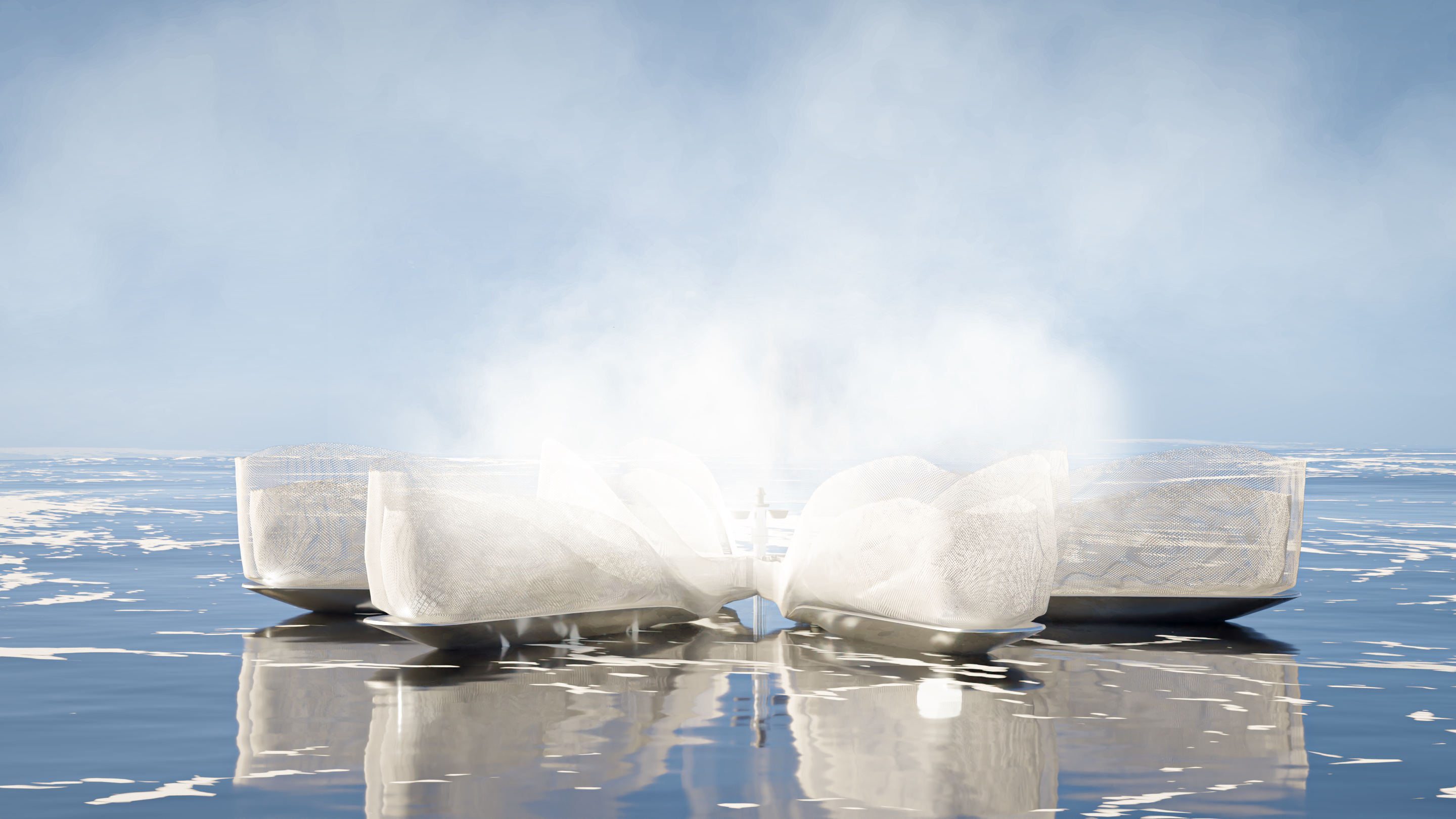
floating on the canal
We set up a number of hubs from which we could assemble not one, but several
The "Wandering Clouds" devices, each of which would cover a region from Point A to Point B.
This increases the effectiveness and efficiency of the air purification process by
allowing us to cover a larger area in less time. Additionally, we started thinking
about different land locations far from water sources in order to simulate the purification process.
We hope to gather as much useful information as we can through these visualizations, information that will
be essential to the design and placement of our device.
towards high pollution areas
In areas with high levels of pollution, using water as a medium for air purification can have additional advantages. By acting as a natural barrier, water can help reduce the amount of airborne pollutants in the vicinity while also helping to capture and remove pollutants more effectively than air-based purification systems.
What about the dense areas that are far from the canal?
symbiotic devices
We can develop a more sustainable and organic method of air purification by using symbiotic devices to harvest condensed water for the same purpose. This strategy can be especially helpful in places with poor access to clean water and where conventional air purification methods might not work as well.

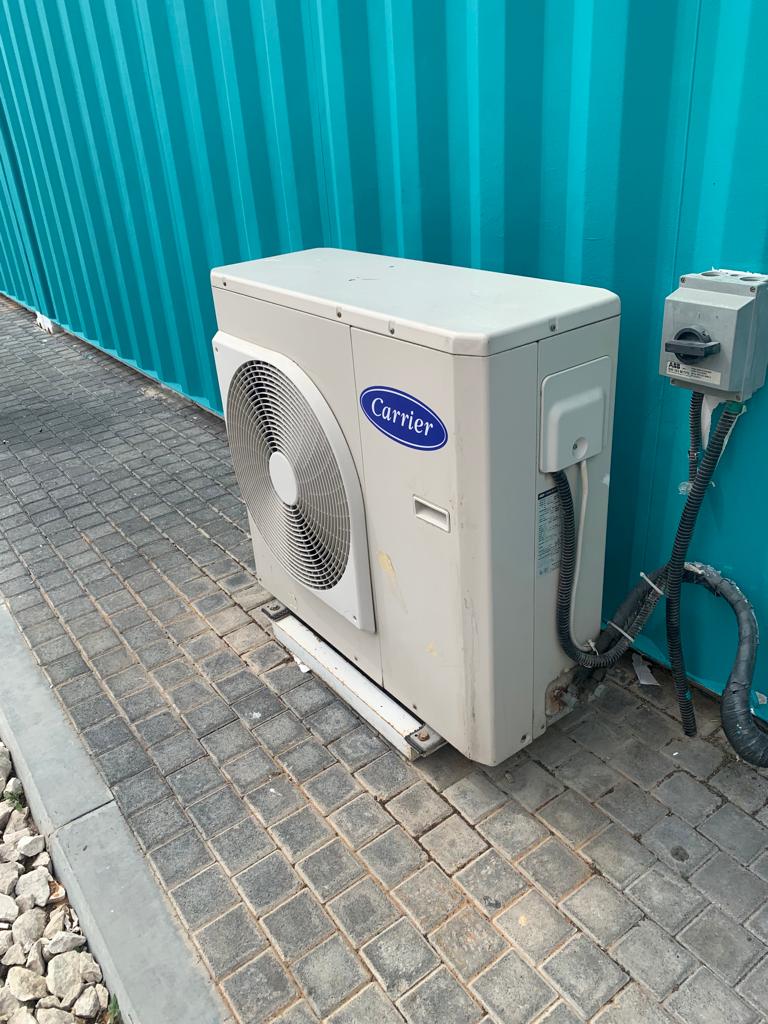
attaching on exhaust units
An efficient and sustainable way to combat air pollution may be to collect condensed water and use symbiotic devices to purify the air using exhaust units. In this way, we can develop a more sustainable and natural method of air purification that can have long-term advantages for the environment and human health by utilizing the natural processes of plants and water.
Technical Works
SYSTEM EXPLORATION
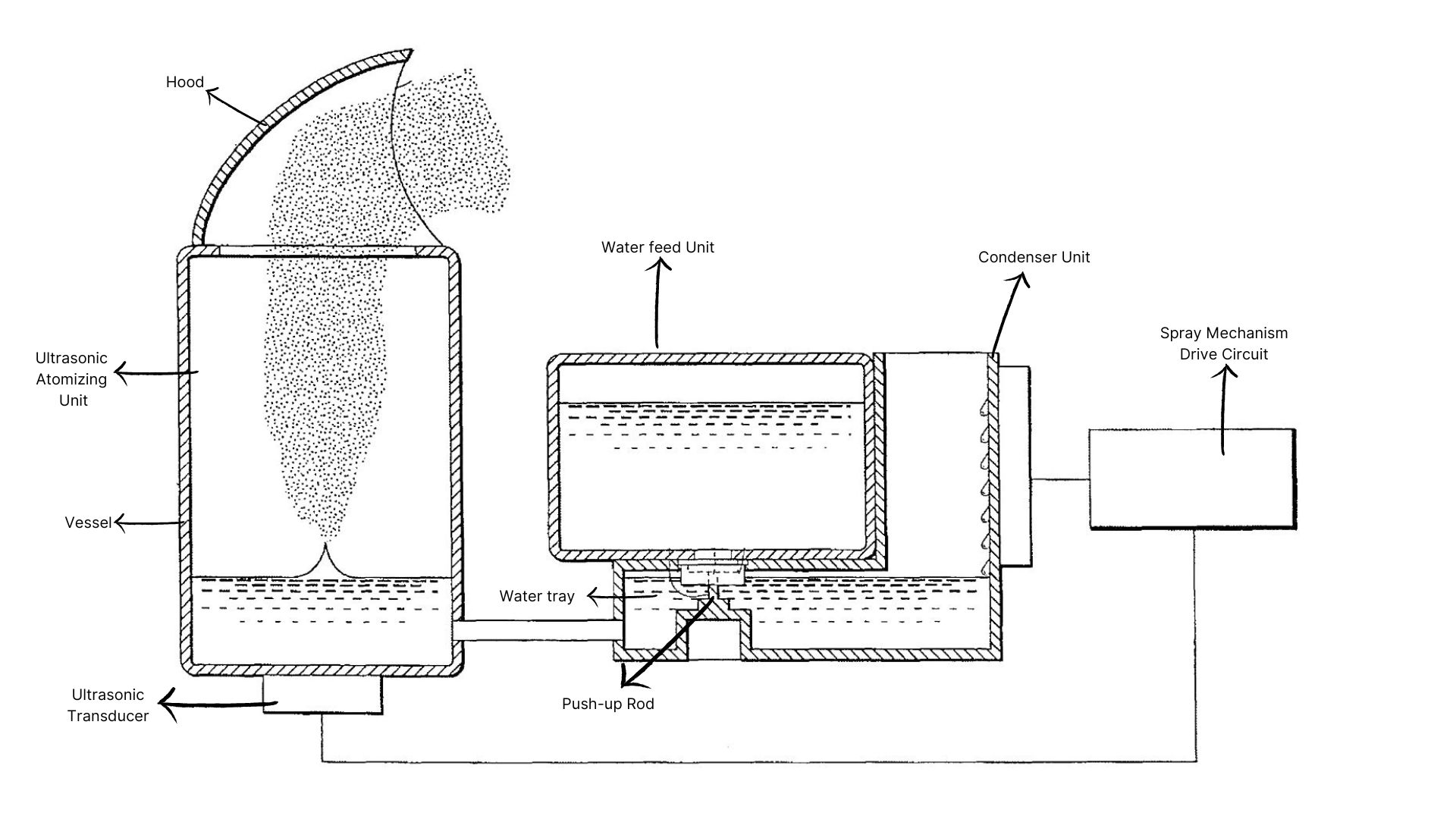
BEHAVIOR & ANATOMY
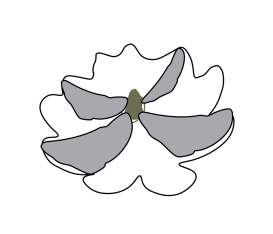
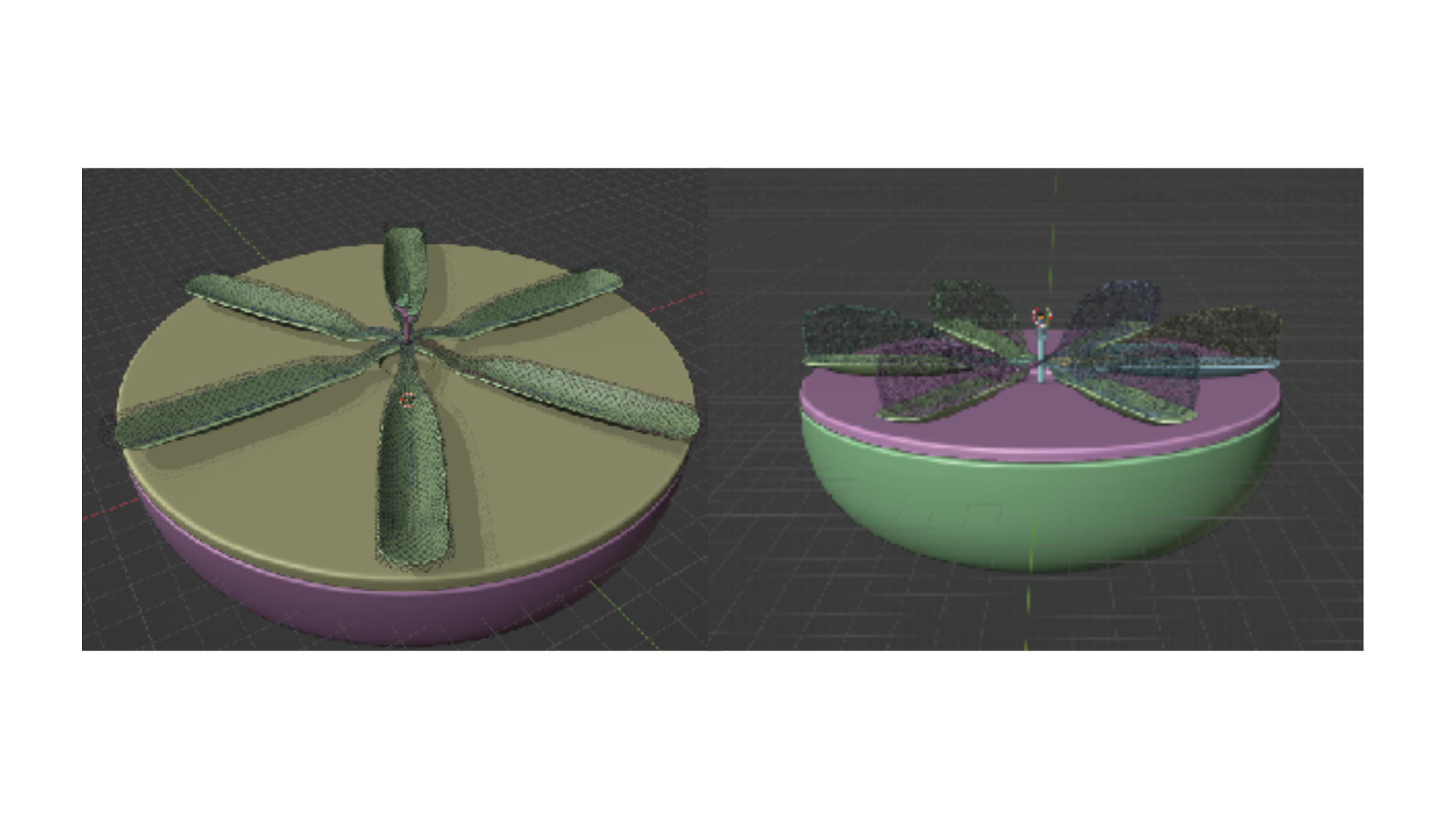
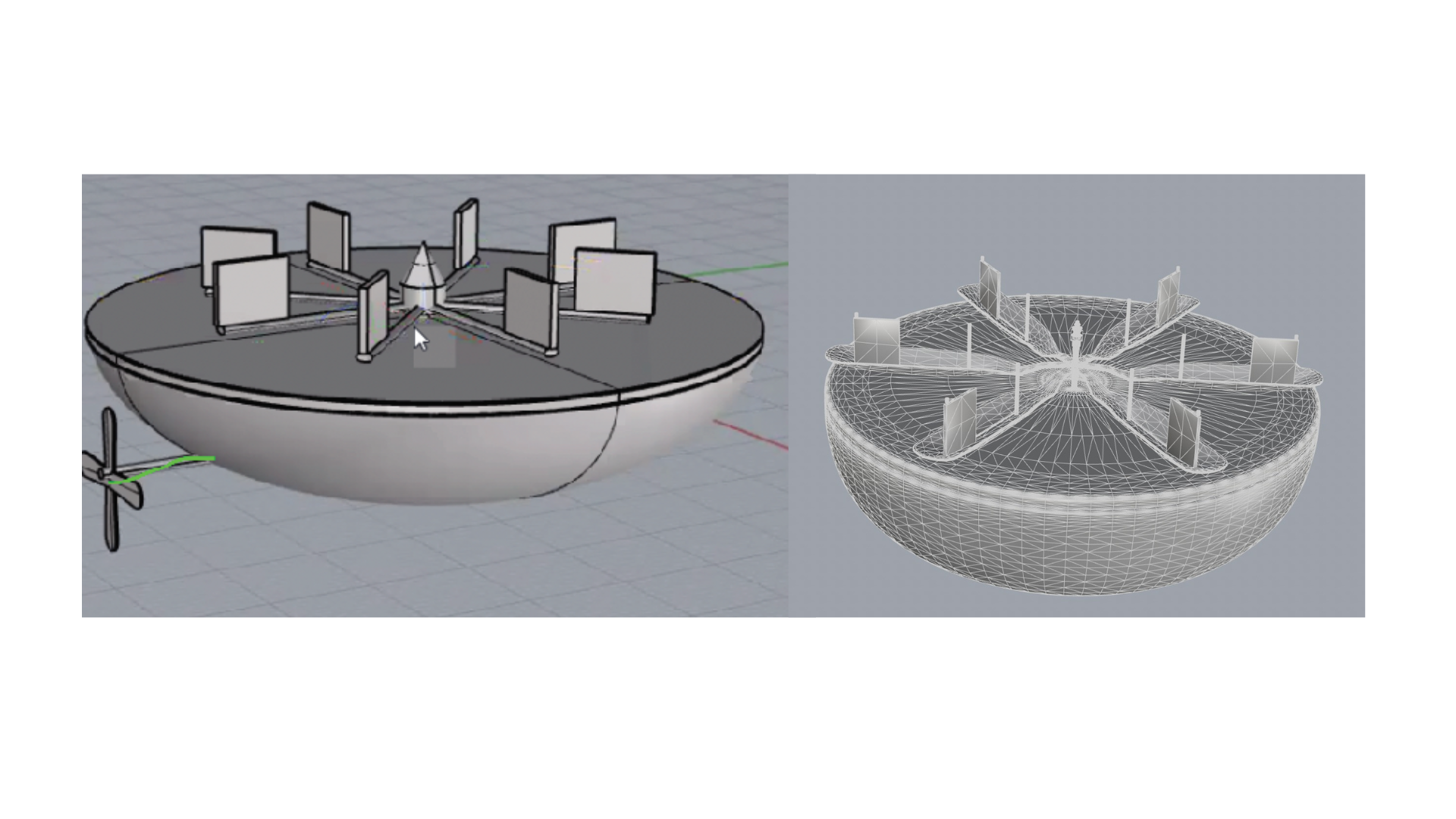



.jpg)
.jpg)
.jpg)
.jpg)
.jpg)
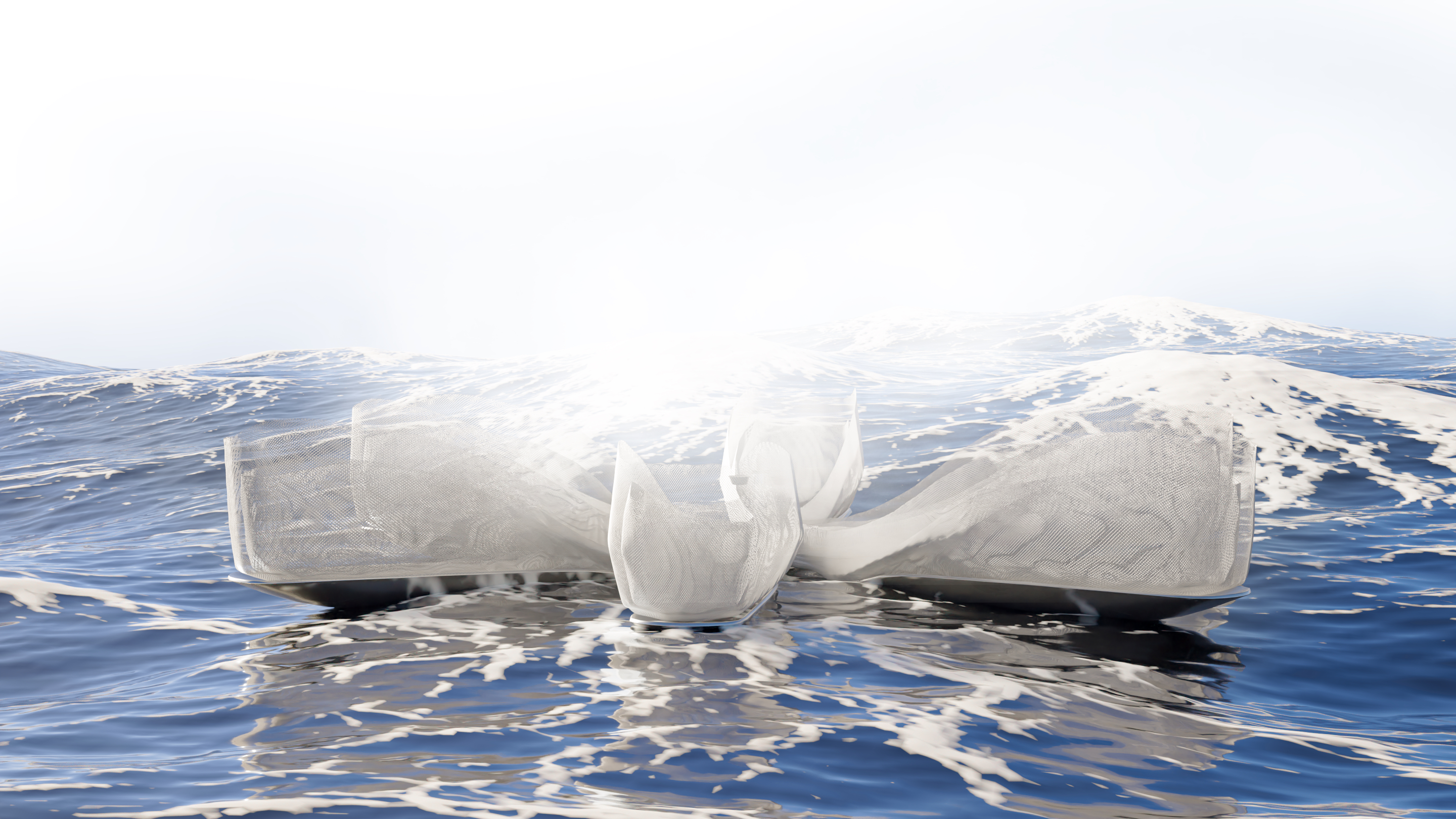
References
Jennifer Chu | MIT News Office Can rain clean the atmosphere?,
MIT News | Massachusetts Institute of Technology.
Available at:
https://news.mit.edu/2015/rain-drops-attract
-aerosols-clean-air-0828#:~:text=As%20a%20raindrop%20falls%20through,
%2C%20sulfates%2C%20and%20organic%20particles. (Accessed: March 6, 2023).
Korber, R. (2022) Does rain clean the air? understanding weather
& air quality, Blog. Available at: https://blog.breezometer.com
/air-pollution-weather-rainy-day/#:~:text=Rain%20might%20ruin%20a%20picnic,
phenomenon%20is%20called%20Wet%20deposition. (Accessed: March 6, 2023).
5 humidifier uses: Benefits and risks Medical News Today. MediLexicon International.
Available at: https://www.medicalnewstoday.com/articles/322228 (Accessed: March 6, 2023).
(12) United States Patent (10) patent no.: US 8,845,785 B2 (45) date of ... (no date). Available at:
https://patentimages.storage.googleapis.com/74/56/95/4795e836c2249d/US8845785.pdf (Accessed: March 24, 2023).
Credits
Joanne Hayek (Professor)
Mirko Daneluzzo (Professor)
Anika Mahesh (Student)
Husain Dargharwala (Student)
Latifa Alsuwaidi (Student)